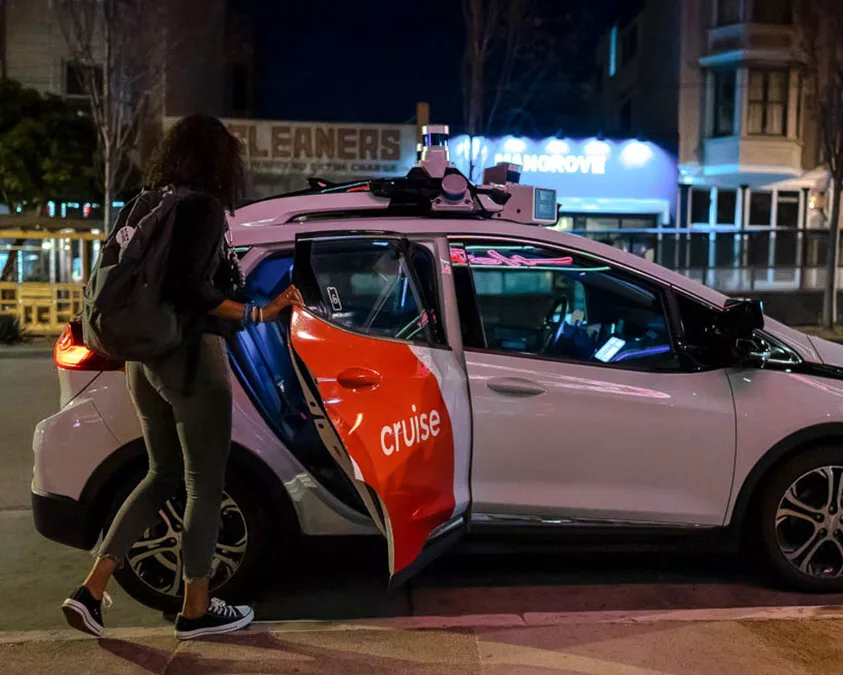The development of autonomous vehicles is one of the most exciting advancements in automotive technology. Companies like Waymo and Cruise are making significant strides, but what does the public think? To find out, AAA conducted a comprehensive survey of U.S. drivers between January 13th and 17th, interviewing 1,140 adults, with 949 qualifying for the study. Despite living in the digital age, the survey methodically included phone calls to ensure it encapsulated views from across the spectrum.
The survey’s findings were revealing. Interest in partially automated vehicles remains robust, but skepticism towards fully autonomous cars has mounted. In a significant shift, 68% of surveyed drivers now express anxiety over self-driving vehicles, surging from 55% the previous year. Greg Brannon, AAA’s director of automotive research, links this waning trust to high-profile accidents involving over-reliance on contemporary driving technologies.
Dispelling Myths and Educating Drivers
It appears some confusion persists when it comes to autonomous driving capabilities. Almost 10% of drivers wrongly believe they can purchase a car that can drive autonomously while they sleep, despite such technology not being available to the public. The misapprehension may arise from marketing terms like ‘Autopilot’ and ‘ProPILOT’ which mislead 22% of Americans to expect full autonomy without their intervention.
Despite misconceptions, the demand for advanced driver-assistance systems (ADAS) such as blind spot warning and adaptive cruise control is strong, with 60% of drivers expressing interest in these features for their next vehicle purchase. AAA is actively clearing up the confusion with ‘Clearing the Confusion’, a knowledge guide designed to standardize system descriptions and capabilities.
It’s important to differentiate between the basic ADAS and more advanced Active Driving Assistance (ADA) systems, which combine adaptive cruise control and lane-keeping assistance to actively help the driver. AAA emphasizes that Level 5 automation, representing full self-driving vehicles that don’t require human input or presence, is still not attainable in the consumer market.
Waymo Expands into Los Angeles
Despite the trepidation surrounding driverless cars, Waymo is pushing forward with its driverless robotaxi services. Come March 14, 2024, Waymo is set to begin offering these services in Los Angeles, free of charge to select community members, with plans laid out to progressively accommodate over 50,000 individuals on their waitlist and eventually transition to paid services.
Furthermore, Waymo is expanding its reach beyond Los Angeles and into Austin, marking its operational presence in four key cities. With the promise of broadening access to the general public, Waymo’s ambition is a testament to the fast-evolving landscape of autonomous vehicle services.
A Glimpse into The Future of Transit with Waymo
In an account by a CNBC correspondent, we catch a glimpse into the user experience of a Waymo ride. The car arrived with personalized initials displayed, and a touch on an app prompted door handles to emerge for access. Inside was a cool, light-pink illuminated comfort zone, resonating a ‘welcome to the future’ vibe. The autonomous journey was described as unremarkably smooth, likened to the once-miraculous now-mundane internet, signaling the ordinary nature of forward-thinking technologies.
Conclusion: Anticipating an Autonomous Future
The apprehensions surrounding autonomous vehicles are not unlike those associated with other groundbreaking technologies. While some incidents, such as the pedestrian dragged by an autonomous Cruise vehicle, highlight that there are challenges yet to overcome, the gradual integration and acceptance of these vehicles are inevitable. Autonomous cars could become a commonplace aspect of urban mobility, revolutionizing the way we navigate our cities. The integration of advanced technologies into everyday vehicles is a testament to the progression towards a future where, much like elevators, stepping into a self-driving car will be second nature.
